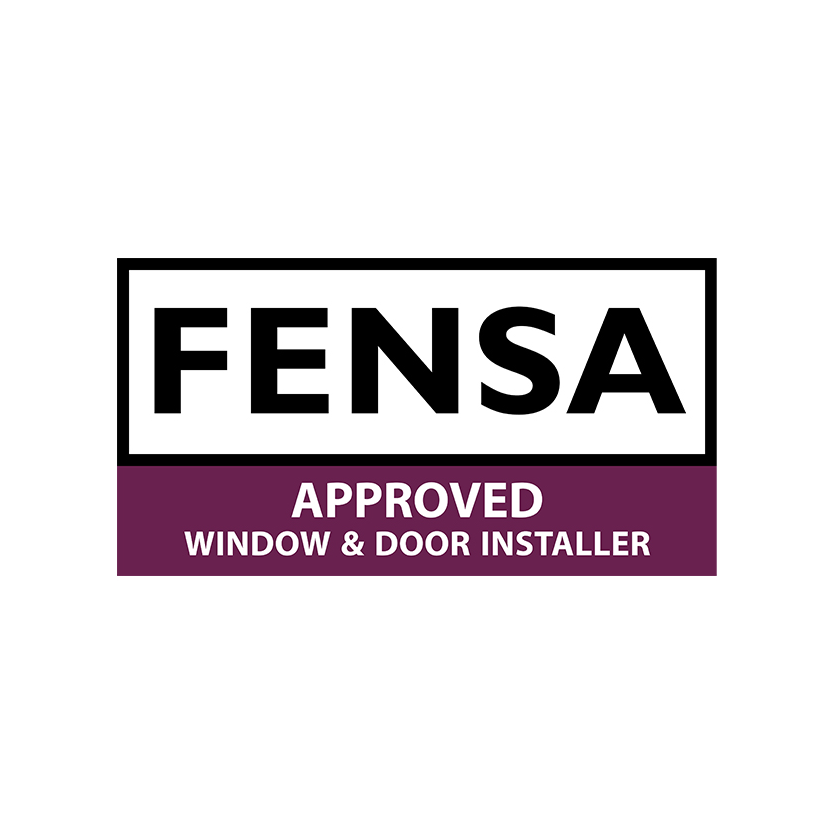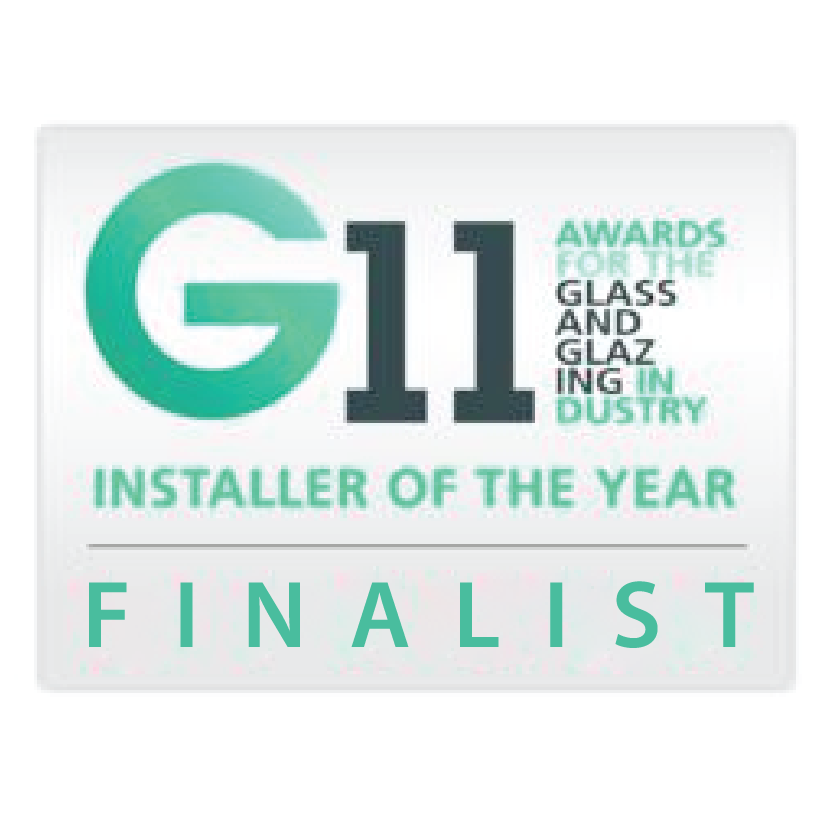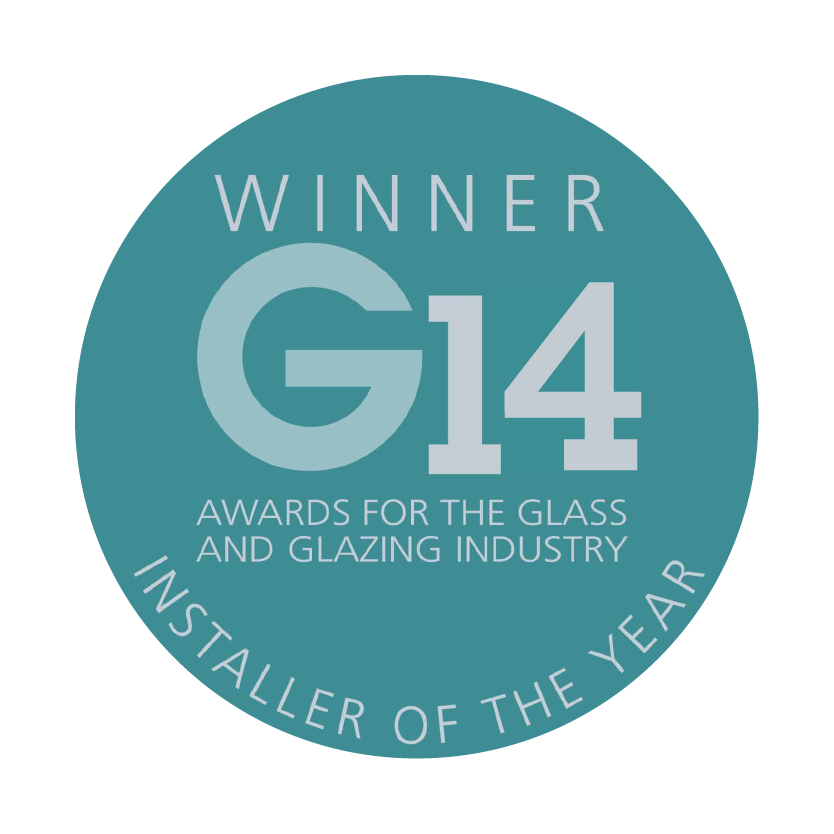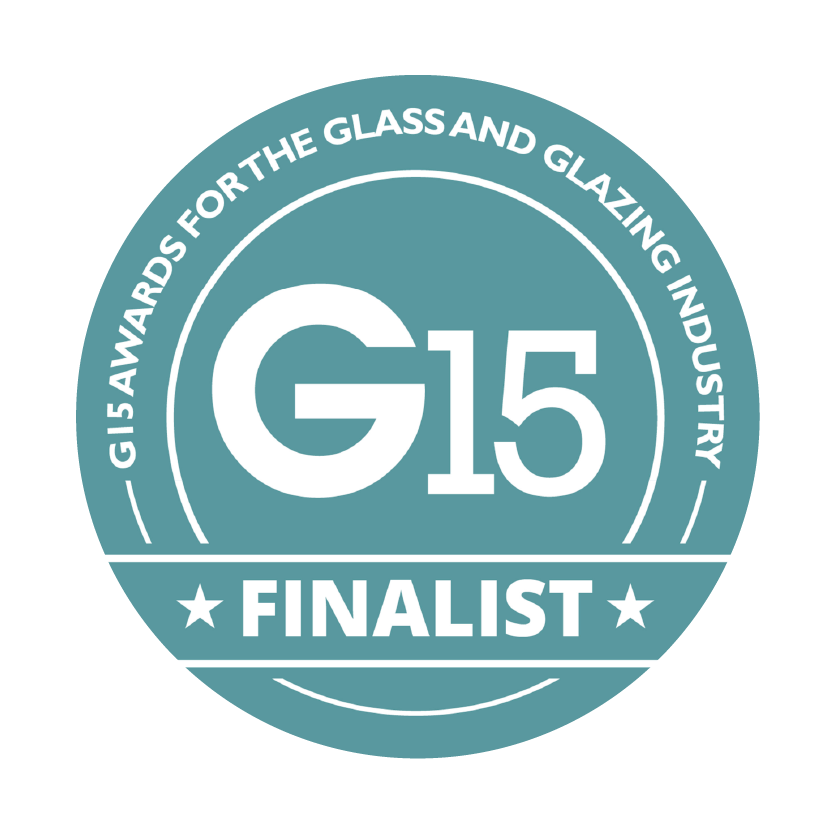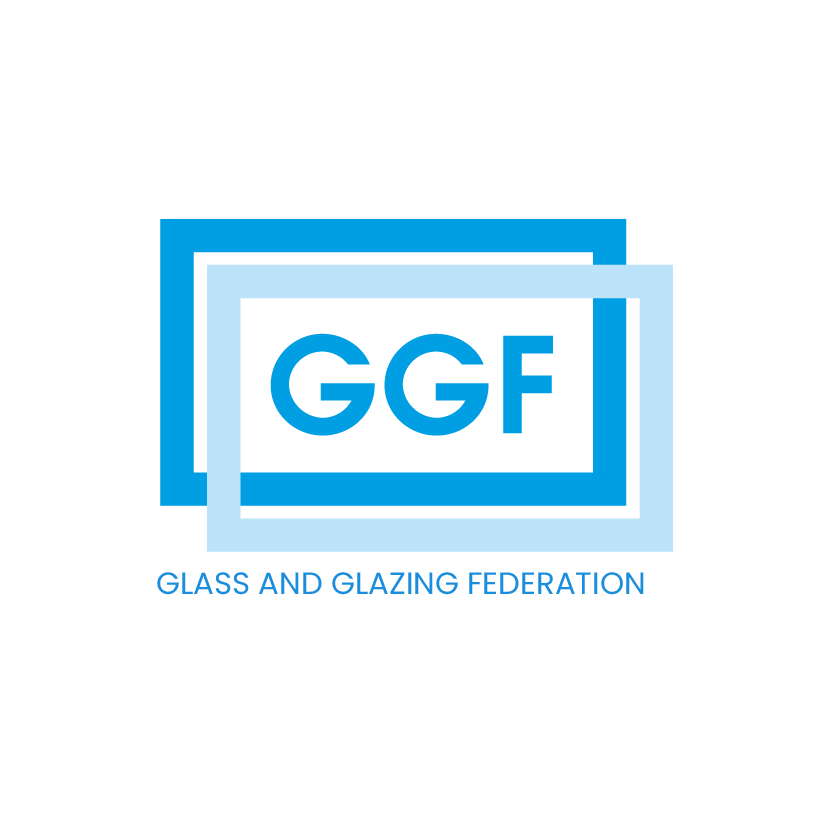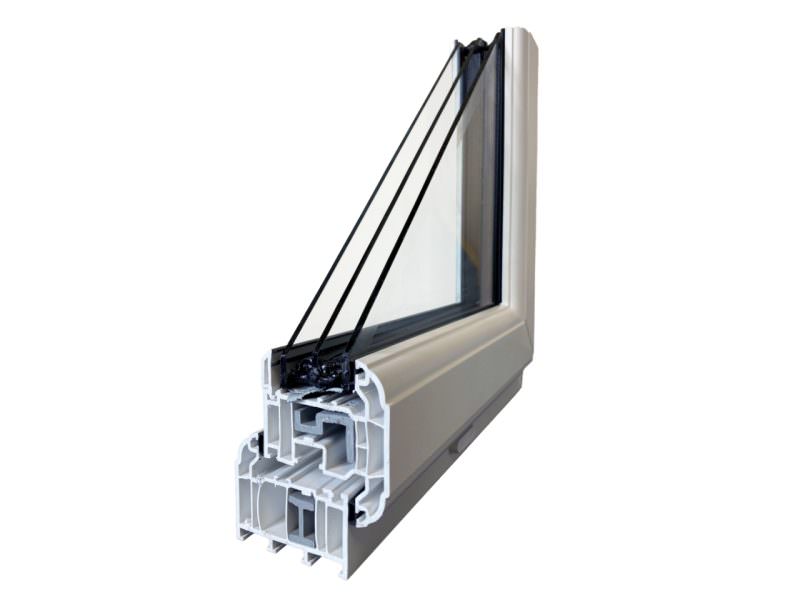
Timber - PVC - Aluminium - Windows, Doors & Conservatories in Hampshire
The Truth About ‘Self-Cleaning’ Glass: How It Works & Why You Need It
The Truth About ‘Self-Cleaning’ Glass: How It Works & Why You Need It
Category: Glazing Guide / Home Maintenance
Reading Time: 8 Minutes
📌 Key Takeaways
- It’s Not Magic: “Self-cleaning” is a slight misnomer. It significantly reduces maintenance but requires daylight and rain to function.
- Dual Action Science: It uses UV light to break down dirt (photocatalysis) and water to wash it away in a sheet (hydrophilicity).
- Physics of Gravity: The glass requires a minimum pitch of 10° to allow gravity to pull the dirty water off the surface.
- Durability: The coating is fused to the glass for life, but abrasive cleaners or silicone can damage it permanently.
Nobody enjoys cleaning windows. It is time-consuming, often requires ladders, and inevitably, streaks appear the moment the sun comes out. For owners of conservatories or orangeries with expansive glazed roofs, keeping the glass pristine can feel like a never-ending battle.
It is no wonder that the concept of “self-cleaning glass” sounds almost too good to be true. Is it a marketing gimmick, or genuine innovation?
The answer lies in the physics. While it won’t completely eliminate the need for the occasional hose-down during summer, it is a revolutionary technology that drastically reduces maintenance. In this comprehensive guide, KJM Group breaks down the science, explores market leaders like Pilkington Activ™, and manages expectations about what it can (and cannot) do.
Table of Contents
1. Managing Expectations: What It Can’t Do
Before diving into the science, it is vital to understand the limitations. This glass is best described as “low-maintenance” rather than “zero-maintenance.”
It relies entirely on natural elements. Without UV Light to break down dirt and Rain to wash it away, the process stalls. Therefore, during long, dry British summers, you will need to mimic the rain by spraying the glass with a hosepipe to activate the cleaning sheeting effect.
⚠️ The “Silicone” Danger
The self-cleaning coating is chemically sensitive to silicone. If silicone sealants from the frame installation touch the glass surface, they create a hydrophobic barrier that stops the self-cleaning action permanently in that spot. This is why professional installation by approved fitters (like KJM) is critical.
2. How It Works: The Dual-Action Science
Self-cleaning glass features a microscopic coating of Titanium Dioxide fused onto its external surface. This smart coating triggers a two-stage process:

Stage 1: Photocatalysis (The Breakdown)
When UV rays hit the glass, the coating reacts chemically to break down and loosen organic dirt (like tree sap, pollen, and bird droppings). This happens continuously during daylight hours, even on cloudy days.
Stage 2: Hydrophilicity (The Wash-Off)
Standard glass is “hydrophobic,” causing water to bead into droplets that leave dirty spots when they dry. Self-cleaning glass is hydrophilic (“water-loving”). Instead of beading, rainwater spreads into an even, flat sheet. As this sheet slides down the glass, it acts like a squeegee, carrying the loosened dirt away with it and drying without streaks.
3. The Importance of Angle (Minimum Pitch)
Physics dictates that for the “sheeting” effect to work, gravity must pull the water down the glass. If the glass is too flat, the water pools.
Most manufacturers specify a minimum pitch of 10 degrees for the self-cleaning function to work effectively. While it offers some benefit on vertical windows, it is designed primarily for conservatory roofs and skylights where the angle and exposure to rainfall are optimal.
4. Comparison: Self-Cleaning vs Standard Glass
Is the upgrade worth the investment? Here is how the performance compares:
| Feature | Standard Glass | Self-Cleaning (e.g. Activ™) |
|---|---|---|
| Cleaning Frequency | High (Monthly/Quarterly) | Low (Twice yearly or less) |
| Water Marks | Leaves spotted residue after rain. | Dries clear (sheeting action). |
| Organic Dirt | Sticks and bakes on in sun. | Broken down by UV light. |
| Cost | Base Price | Premium Surcharge |
5. UK Climate & Local Performance
🌧️ Why UK Weather is Perfect
Ironically, the notoriously variable British weather makes the UK one of the best places in the world for self-cleaning glass.
In hot, dry climates, homeowners must manually hose their roofs constantly to activate the cleaning. In Hampshire and the South of England, our regular rainfall cycles do the hard work for you. The combination of sunny intervals (to charge the UV coating) followed by showers (to rinse) creates the perfect self-maintaining cycle for conservatory roofs in Andover, Winchester, and Basingstoke.
6. Critical Maintenance Rules
To preserve the microscopic coating for the 20+ year life of the unit, you must follow strict care guidelines:
- DO NOT use abrasive cleaners, cream cleaners, or wire wool. These will scratch the coating off.
- DO NOT use squeegees with metal edges.
- DO spray with a hose during dry spells to rinse off dust.
- DO use simple warm soapy water and a soft cloth if manual cleaning is ever needed for stubborn stains.
Leading Product: Pilkington Activ™
We install Pilkington Activ™, the world’s first self-cleaning glass. It is available in Blue (for solar control) or Neutral (for natural light).
Download Specs (PDF)7. Frequently Asked Questions
The hydrophilic (water-sheeting) property works 24 hours a day. However, the photocatalytic (dirt-breaking) process requires UV light. The coating actually stores a small charge from daylight, allowing it to continue breaking down dirt well into the night, though it is most active during the day.
If there is no rain, the UV light will still break down the organic dirt, but the debris will remain loose on the surface. To clear it, simply spray the roof with a garden hose. The water will sheet off instantly, carrying the loosened dirt with it.
The coating is fused into the glass surface while it is still molten during the manufacturing process (pyrolytic coating). It is not a spray-on film that can peel off. As long as you do not use abrasive cleaners that physically scratch the glass, it will last for the lifetime of the glazing unit.
Yes, but with caveats. It is most effective on angled surfaces (like roofs) where gravity helps the water sheet off. On vertical windows, the cleaning effect is less pronounced, though it will still dry clearer than standard glass after heavy rain.
📚 Explore Our Glass Knowledge Hub
Your complete guide to modern glazing technology.
- The 2026 Glazing Outlook” – High-level summary of the pivot to growth. - 9 December 2025
- Industry News: The Future Homes Standard 2025 & What It Means for Your Windows - 1 December 2025
- KJM Group MD Attends House of Commons Event to Champion UK Glass Industry - 14 November 2025

